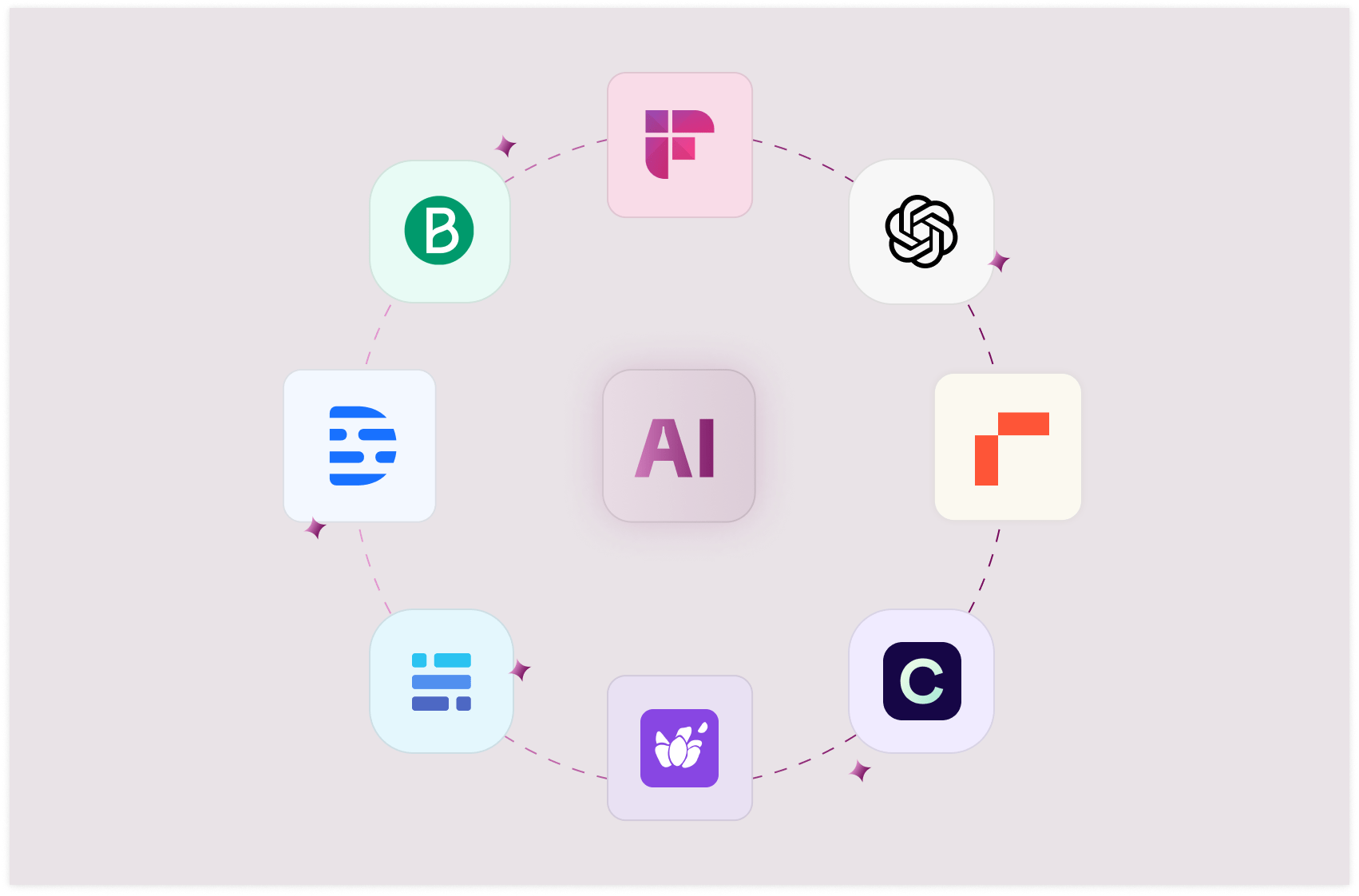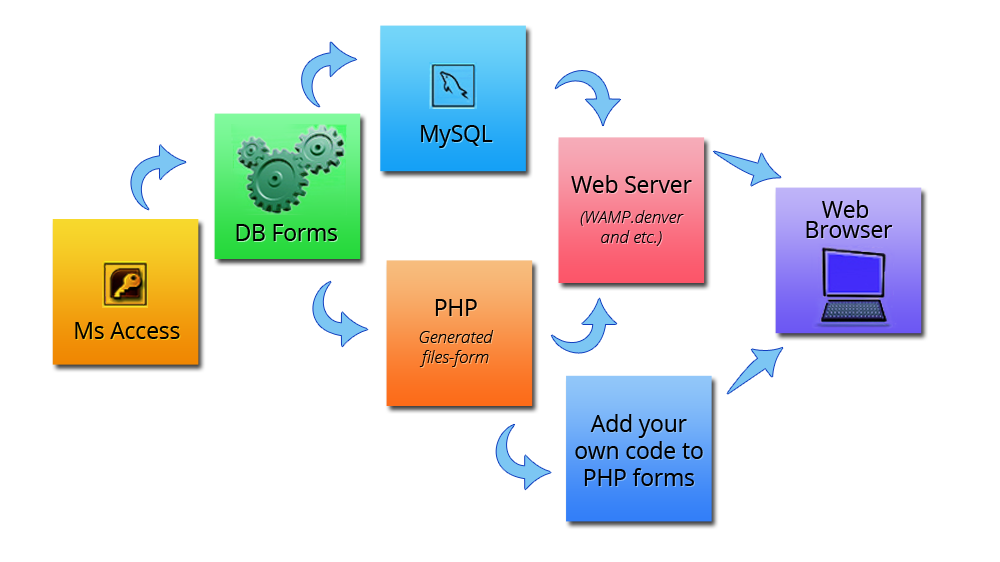As we navigate through 2025, the cybersecurity landscape continues to evolve at a rapid pace. Businesses of all sizes face an array of sophisticated threats that require proactive strategies and robust defenses. Here's a breakdown of the top cybersecurity trends every business should be aware of:
1. AI-Powered Cyber Threats
Artificial Intelligence is no longer just a tool for enhancing security; it's also being leveraged by cybercriminals to craft more convincing phishing attacks, develop adaptive malware, and even create deepfake content for impersonation.
2. Zero-Trust Architecture
Traditional perimeter-based security models are becoming obsolete. The zero-trust approach, which assumes no implicit trust and verifies every request, is gaining traction as a foundational security strategy.
3. Quantum Computing Risks
While still in its infancy, quantum computing poses a potential threat to current encryption standards. Organizations are beginning to explore post-quantum cryptography to future-proof their data security. IBM
4. Ransomware Evolution
Ransomware-as-a-Service (RaaS) has lowered the barrier for cybercriminals, leading to an increase in attacks targeting businesses. It's crucial for organizations to have robust backup strategies and incident response plans in place.
5. Supply Chain Vulnerabilities
Cyberattacks targeting third-party vendors can compromise an entire network. Businesses are focusing on strengthening supply chain security through rigorous vetting and continuous monitoring. JPMorgan Chase
6. Regulatory Compliance
With the expiration of the Cybersecurity Information Sharing Act (CISA) in the U.S., businesses may face challenges in sharing threat intelligence. Staying informed about evolving regulations is essential to avoid compliance pitfalls.
7. Insider Threats
Employees, whether malicious or negligent, can pose significant security risks. Implementing strict access controls and continuous monitoring can help mitigate these threats. Deloitte
8. Cybersecurity Talent Shortage
The demand for skilled cybersecurity professionals continues to outpace supply. Organizations are investing in training programs and automation tools to bridge this gap. KPMG
Conclusion
In 2025, cybersecurity is not just an IT issue; it's a business imperative. By staying informed about these trends and implementing proactive measures, businesses can safeguard their assets, reputation, and customer trust in an increasingly complex digital landscape.






